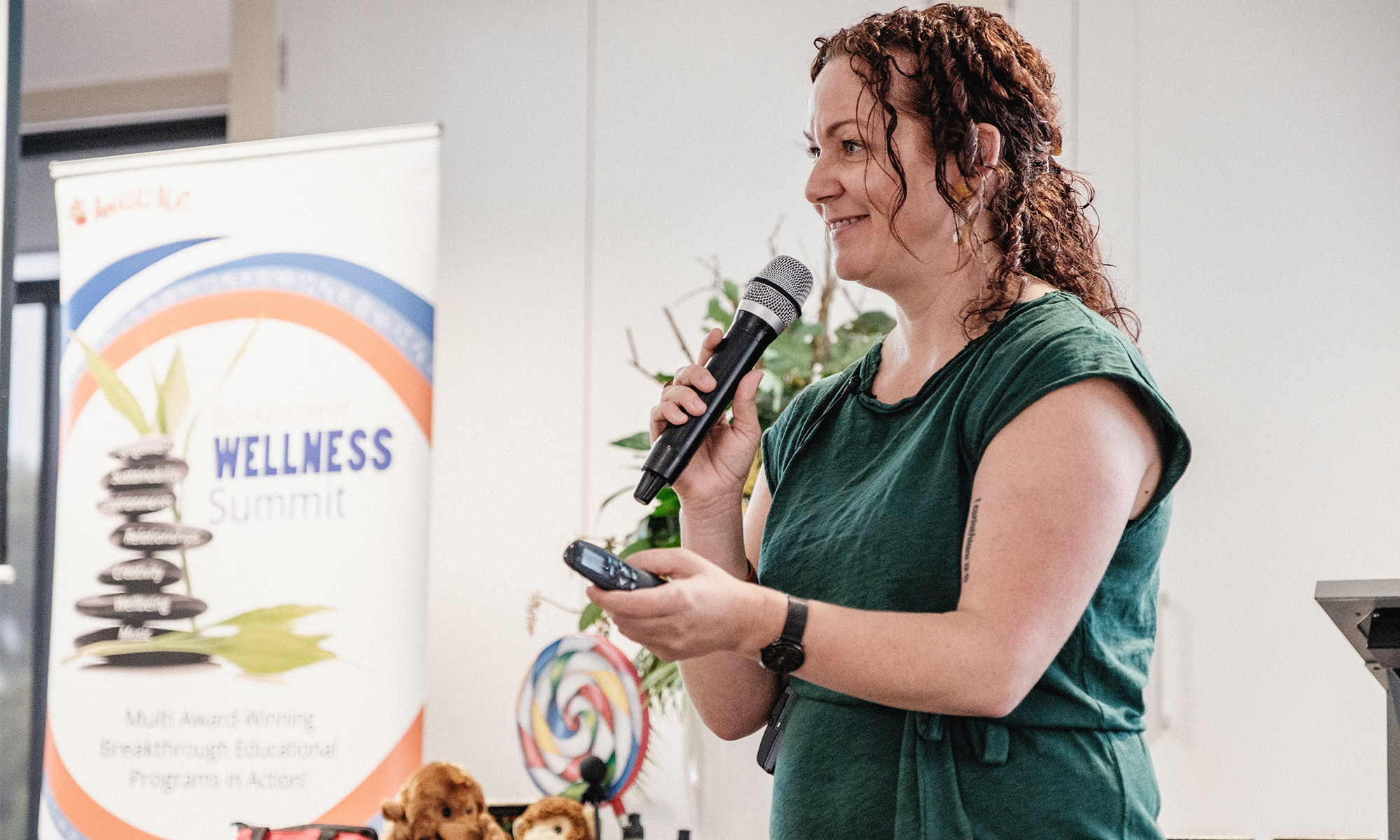Children’s imaginations are racing every day as their various types of intelligence are developed and they continue to learn new things. One particularly crucial area that they are experimenting with and learning about is emotions.
Emotional intelligence and awareness are very important skills for becoming a confident, resilient adult. The Victorian government’s education website identifies the set of skills involved in emotional intelligence, which includes:
- Knowing your own emotions
- Recognising and being sensitive to other people’s emotions
- Knowing how to calm down when you are upset or angry
- Developing the skills of restraint—knowing when it is wise not to say or do something.
Here are some ways you might like to consider developing children’s emotional intelligence:
- Emotional literacy – identifying emotions in others and in ourselves, giving them a name so they can be acknowledged, accepted and dealt with in an acceptable way
- Activities focused on expression of feelings – instead of writing about how something made them feel, younger children may like to draw how they felt during a certain time
- Conflict resolution role play – demonstrating and working with children to show them how to find a solution to a problem with others in a fair and measured manner
- Reflecting on triumphs – encouraging children to remember times where they came out on top facing a challenge to assist them with developing optimism
(Reference: http://www.happychild.com.au/articles/teaching-emotional-intelligence-how-schools-can-educate-children-for-life)
Whether at home or within a childcare or kinder setting, the first step towards promoting positivity and wellbeing when it comes to emotions is allowing children to see that all feelings are okay, including the bad ones. A fantastic article on Berkeley’s ‘Greater Good’ site makes a powerful comment: “Terrible feelings like jealousy and fear and greed are invitations to grow, to understand ourselves better and to become a better person. When you see these “undesirable” emotions in children, think of them as opportunities to both learn more about their inner-world and—importantly—to teach them how to deal with negative emotions now and in the future.”

